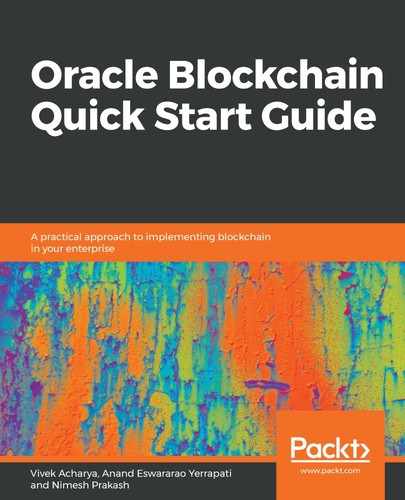Accounting systems address the purpose of producing an operating document to display ownership of assets, to protect assets, and various other tasks. Essentially, an accounting system is a powerful means to check the loss of assets due to malicious human activity, software, and so on, and to keep track of activities and transactions around those assets. Historically, as activities around assets were minimum, single-entry accounting was good enough to prove the ownership of assets. It is a form of accounting system where each transaction is a single-entry in the journal.
A single-entry account system resembles the check register that individuals use to track their checks, deposits, and balances. The information recorded is minimal and is owned by that individual. It's an efficient system for very small businesses that work on a cash basis of accounting, which have fairly low transactions each day. There are no credit-based transactions and the assets that are owned are very few and far between. Most importantly, there is no need to publish income, financial, and balance statements. Historically, it would have worked very well and, even today, it might work fine for very small firms that meet the aforementioned attributes.
There are various challenges with single-entry accounting systems—there are no scientific or systematic rules to record, post, and report on the transactions. It appears as an incomplete system as it does not have both the aspects of the accounts being recorded; hence, it fails to reflect the truth about the profit or loss and will miss reflecting the true financial position of the organization. With all of these shortcomings, a single-entry is vulnerable to frauds and various errors in the ledger. Hence, to check on vulnerability, you need to trust a centralized authority; therefore, historically, there was the need for a king to check for vulnerabilities and maintain trust around the ledger. However, since trade has expanded its boundaries, you need a mechanism to allow one ledger owner to trade with another ledger owner. This immediately led to a double-entry accounting system.
